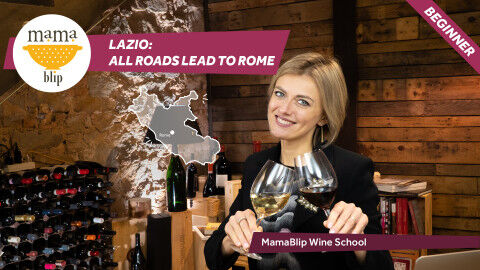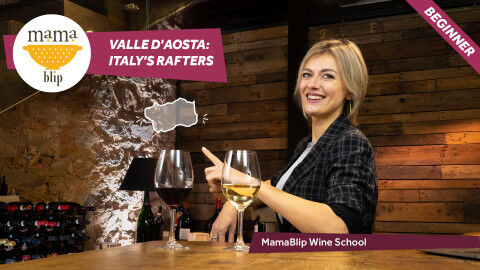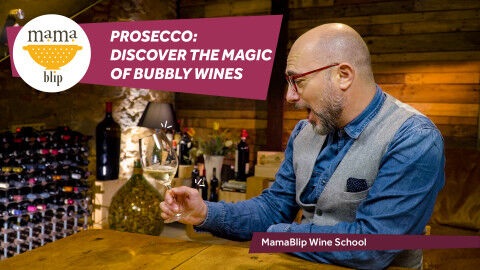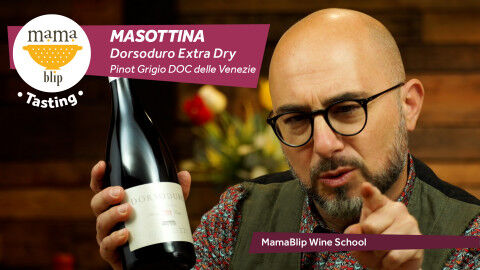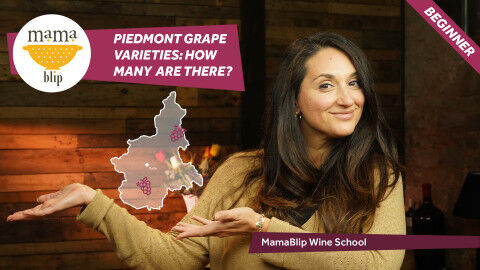Barolo: Italy’s Most Iconic Wine
Barolo is a wine from the Piedmont region of Italy that has been produced since the mid 19th century
Barolo:an iconic Italian wine, one of the pillars of the wine world, the “King of Wines and the Wine of Kings”. So just what makes Barolo so special?
The Story of Barolo
Well, first things first, let’s clarify, Barolo is the name of both a wine and a village. Barolo is just one of the many small villages within the Langhe region of Piemonte, just a few kilometers south-west of Alba, south of Torino, where the wine can be produced.
Barolo wine as we know it today, a luscious, complex, age-worthy wine, began to be produced about halfway through the 19th century. Before this pivotal moment, the wine produced in this area from the Nebbiolo grape was a sweet, fruity, sometimes sparkling red wine. That is, until a woman followed her intuition and changed everything.
A noblewoman by the name of Juliette Colbert owned several vineyards in both Barolo and the surrounding villages. Realizing the potential of the Nebbiolo vines in that particular soil, she sought to produce a wine that was more representative of this unexpressed potential. She enlisted the help of a prominent French winemaker and aimed to produce a dry, Burgundy-style wine from the grapes across her vast estate in Barolo. Colbert’s endeavor was successful and named the wine Barolo, thus forever changing its history. This new style of wine, this Barolo, rich and harmonious, was enjoyed by the royal court of Piemonte and in all the royal courts across Europe, earning its status as the “King of Wines and the Wine of Kings”.
BAROLO TODAY
Today, Barolo is produced in 11 villages in the Langhe area of Piemonte, with the prominent ones being Barolo, La Morra, Castiglione Falletto, Monforte, and Serralunga. Imagine the villages like a mosaic of vineyards, tightly packed yet ebbing and flowing along sharp curves and steep slopes. Even though the actual production area is quite small, there is a great difference between the Barolos produced here. The soil composition is distinctive, alternating between mixes of clay, marl, limestone and sandstone, and the elevations and slopes vary in steepness. There are real and notable differences between Barolos being produced in two adjacent vineyards!
In fact what defines Barolo is the sense of terroir, those environmental, climatic, geographic factors and wine-making traditions that make Barolo exceptional and unique, unable to be replicated anywhere else in the world.
Barolo became one of the first DOCG wines in the 1980s. These are wines within the Italian wine classification system that are considered of exceptional quality and held to the most rigorous production standards. In 2010 there were additional geographic definitions that could be included on the label, further breaking down the Barolo DOCG into crus, single-vineyards or a group of vineyards. This allowed producers to showcase their top Barolo wines, those that have even more unique or specific characteristics tied to a vineyard, within an already exceptional wine-producing area.
NEBBIOLO
Barolo is produced exclusively from the Nebbiolo red grape variety. Nebbiolo, coming from the Italian word “nebbia” or “fog”, brings to mind the almost foggy-grey appearance of the grape skins. Nebbiolo is an early budding and late ripening grape and it is harvested well into October, a month in which the early, chilly mornings are characterized by morning mists and thick fog settling in over the vineyards. This is another indication of where the name “Nebbiolo” might be derived from. This noble red grape is a finicky variety that needs particular conditions to thrive, as well as lots of care and lots of sun. The Langhe is where it finds the most perfect expression.
BAROLO
Barolo wines are regarded as some of Italy’s finest. There is a great artistry that comes with producing Barolos as well as great patience both on the part of the vintner and consumer.
Barolo must be aged for a minimum of 38 months and Barolo Riserva must be aged for a minimum of 62 months. Each style must have a minimum of 18 months oak ageing with a minimum alcohol content of 13%. A good vintage is likely to be at its best between 10 to 30 years from vintage date, although many can be shelved 40 years or more.
Barolo is best paired with dishes that can complement and support its richness and structure such as traditional dishes of braised meats, aromatic white truffle tagliolini, or local, pungent cheeses like Castelmagno DOP or Gorgonzola.
The ageing, the Nebbiolo grape, the terroir, and the wine-making traditions all come together to create a wine that is a pale garnet to brick-red color, with an intense aromatic complexity of red fruits, roses and dried violets. It has a mighty structure and an exceptional ageing potential thanks to marked tannins and acidity, as well as a persistent, long finish. Barolo is an ever-evolving wine that needs time both in the bottle and in the glass to open up and be understood.
BAROLO: FACTS
- Region: Piedmont
- History: Established as a DOC in 1966; became a DOCG in 1980
- Vineyard Area: 1,982 ha / (2019)
- Production: 97,800 hl
- Principal Red Grape Varieties: Nebbiolo





